-
 Bitcoin
Bitcoin $118300
-1.72% -
 Ethereum
Ethereum $3591
-0.69% -
 XRP
XRP $3.478
-3.53% -
 Tether USDt
Tether USDt $1.001
-0.01% -
 BNB
BNB $737.7
-0.54% -
 Solana
Solana $177.3
-2.40% -
 USDC
USDC $0.9999
-0.01% -
 Dogecoin
Dogecoin $0.2538
7.04% -
 TRON
TRON $0.3256
-0.85% -
 Cardano
Cardano $0.8332
-3.48% -
 Hyperliquid
Hyperliquid $44.80
-3.30% -
 Stellar
Stellar $0.4672
-6.09% -
 Sui
Sui $3.828
-5.98% -
 Chainlink
Chainlink $18.15
-3.41% -
 Hedera
Hedera $0.2655
-7.16% -
 Bitcoin Cash
Bitcoin Cash $517.5
-0.64% -
 Avalanche
Avalanche $23.89
-2.37% -
 Shiba Inu
Shiba Inu $0.00001519
-0.45% -
 UNUS SED LEO
UNUS SED LEO $8.973
0.13% -
 Toncoin
Toncoin $3.211
-2.54% -
 Litecoin
Litecoin $103.5
-3.58% -
 Polkadot
Polkadot $4.313
-3.90% -
 Uniswap
Uniswap $10.31
0.67% -
 Monero
Monero $325.4
-2.88% -
 Bitget Token
Bitget Token $5.049
3.51% -
 Ethena USDe
Ethena USDe $1.002
0.04% -
 Pepe
Pepe $0.00001346
-2.96% -
 Dai
Dai $0.9999
-0.02% -
 Aave
Aave $322.1
-2.93% -
 Bittensor
Bittensor $411.9
-4.70%
How to check my crypto wallet balance?
Your crypto wallet balance reflects unspent transaction outputs on the blockchain, accessible via private keys, and can be verified using a blockchain explorer.
Jul 17, 2025 at 06:28 pm
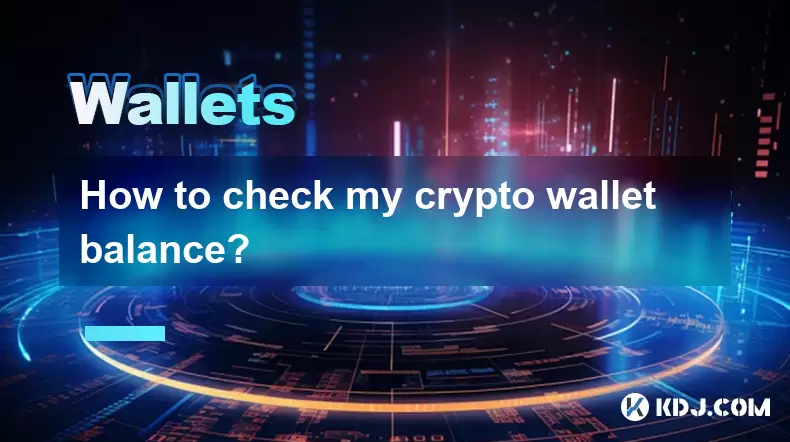
Understanding Your Crypto Wallet Balance
When you hold cryptocurrencies, your wallet balance is a representation of the digital assets available for transactions. Unlike traditional banking systems, cryptocurrency wallets do not store actual coins or tokens but rather private keys that grant access to blockchain addresses where your funds reside. Therefore, checking your balance involves querying the blockchain to see how much cryptocurrency has been sent to and from your wallet address.
To accurately determine your wallet's status, you must understand that balances are derived from transaction outputs recorded on the blockchain. These outputs are either unspent (available for use) or spent (already used in prior transactions). The total of all unspent outputs constitutes your wallet balance.
Accessing Your Wallet Interface
Most modern crypto wallets provide a user-friendly dashboard that displays your balance automatically once you log in or open the application. Whether you're using a software wallet, hardware wallet, or mobile wallet, the interface typically shows a summary of your holdings across supported blockchains.
- Ensure your wallet app or platform is updated to the latest version
- Open the wallet and navigate to the main dashboard
- Look for a section labeled "Balance", "Assets", or "Overview"
If your wallet supports multiple cryptocurrencies, you may need to toggle between different asset tabs to view individual balances. Some wallets also allow you to switch between fiat value equivalents (like USD or EUR) and native cryptocurrency values.
Verifying Your Balance via Blockchain Explorer
For added assurance or troubleshooting purposes, you can cross-check your wallet balance using a blockchain explorer. This method allows you to independently verify the amount associated with your public wallet address without relying solely on your wallet provider.
- Locate your public wallet address within your wallet app — this is usually found under "Receive" or "Address"
- Copy the full address to your clipboard
- Visit a blockchain explorer compatible with the network your wallet operates on (e.g., Etherscan for Ethereum, Blockchair for Bitcoin)
- Paste the address into the search bar and hit enter
The explorer will display all incoming and outgoing transactions tied to that address, along with the current confirmed balance. This method is particularly useful if there’s a discrepancy between your wallet's displayed balance and what you expect based on past transactions.
Interpreting Transaction Confirmations
When checking your balance, especially after sending or receiving funds, it's important to pay attention to transaction confirmations. Newly received funds may not be immediately spendable until they receive a certain number of confirmations from the network.
- Pending transactions appear as "Unconfirmed" on both your wallet and the blockchain explorer
- Each subsequent block mined on top of the transaction adds another confirmation
- Most networks consider a transaction fully confirmed after 3 to 6 blocks have been added
If your wallet balance reflects an incoming transaction but marks it as unconfirmed, wait until the required number of confirmations is reached before attempting to spend those funds. Spending unconfirmed funds can lead to failed transactions or delays.
Checking Balances Across Multiple Wallets
Many users manage more than one wallet, either for security reasons or to support various blockchains. If you fall into this category, you’ll need to check each wallet separately or use tools designed to aggregate balances.
- Use a multi-chain wallet like Trust Wallet or MetaMask to track balances across several networks
- Alternatively, maintain a spreadsheet or document listing each wallet address and periodically check them individually via explorers
- Consider using portfolio tracking apps such as CoinMarketCap or CoinGecko which can sync with multiple wallets and auto-refresh balances
Each wallet has its own set of private keys and addresses, so there’s no centralized way to view all balances unless you use a third-party service that supports aggregation. Always ensure these services are reputable and secure before connecting any wallet.
Troubleshooting Balance Discrepancies
Occasionally, users may notice discrepancies between their expected balance and what’s shown in the wallet or explorer. This can occur due to several factors:
- Syncing issues: Some wallets may take time to refresh and reflect recent transactions
- Incorrect address usage: Sending funds to the wrong network or address type (e.g., depositing ERC-20 tokens to a BEP-2 address)
- Network congestion: During high traffic periods, transactions might take longer to confirm
- Wallet software bugs: Rarely, wallet providers may experience glitches affecting balance visibility
If you suspect an error, first verify that you're checking the correct address and network. If everything seems accurate but the balance still doesn’t match, contact the wallet provider’s support team with your transaction hash and wallet details for further assistance.
Frequently Asked Questions
Q: Can I check my crypto wallet balance without revealing my private key?
Yes, you only need your public wallet address to check your balance. Never share your private key with anyone, as it grants full control over your funds.
Q: Why does my wallet show a different balance than the blockchain explorer?
This could be due to syncing delays, cached data, or incorrect address selection. Restart your wallet app or clear cache if the issue persists.
Q: Do all cryptocurrencies show balances the same way?
While the general principle applies across most blockchains, some networks may display balances differently, especially if they involve smart contracts or non-fungible tokens (NFTs).
Q: Is it safe to paste my wallet address into a blockchain explorer?
Yes, it's perfectly safe. Public addresses are meant to be shared and do not compromise your funds when viewed on explorers.
Disclaimer:info@kdj.com
The information provided is not trading advice. kdj.com does not assume any responsibility for any investments made based on the information provided in this article. Cryptocurrencies are highly volatile and it is highly recommended that you invest with caution after thorough research!
If you believe that the content used on this website infringes your copyright, please contact us immediately (info@kdj.com) and we will delete it promptly.
- Altcoin Season Incoming? Coins Ready to Explode!
- 2025-07-19 18:30:12
- Dogecoin Price Prediction: Cup and Handle Pattern Points to Potential Breakout!
- 2025-07-19 18:50:11
- Hit the Jackpot? Brexit 50p Coin Could Be Worth £40,000!
- 2025-07-19 18:30:12
- Galactic Meme Coin Mania: Troller Cat Leads the Crypto Pack in 2025
- 2025-07-19 18:50:11
- Pi Coin, Bitcoin, and 2025: What the Future Holds, Ya Know?
- 2025-07-19 18:55:12
- TRX vs. RTX: Will Remittix Overtake Tron as the Altcoin to Watch in 2025?
- 2025-07-19 17:30:12
Related knowledge
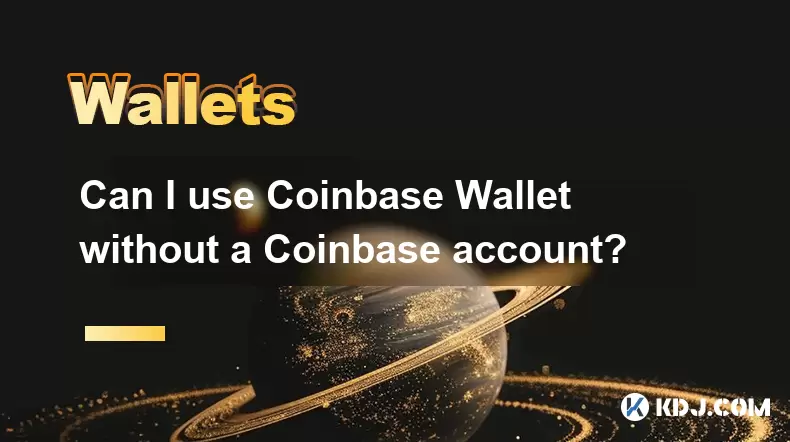
Can I use Coinbase Wallet without a Coinbase account?
Jul 18,2025 at 04:35am
What is Coinbase Wallet?Coinbase Wallet is a self-custodial wallet that allows users to store, send, and receive various cryptocurrencies directly on ...

How to add Arbitrum to Coinbase Wallet
Jul 18,2025 at 03:00pm
Understanding Arbitrum and Its Integration with Coinbase WalletArbitrum is a layer-2 scaling solution developed by Offchain Labs to enhance the speed ...
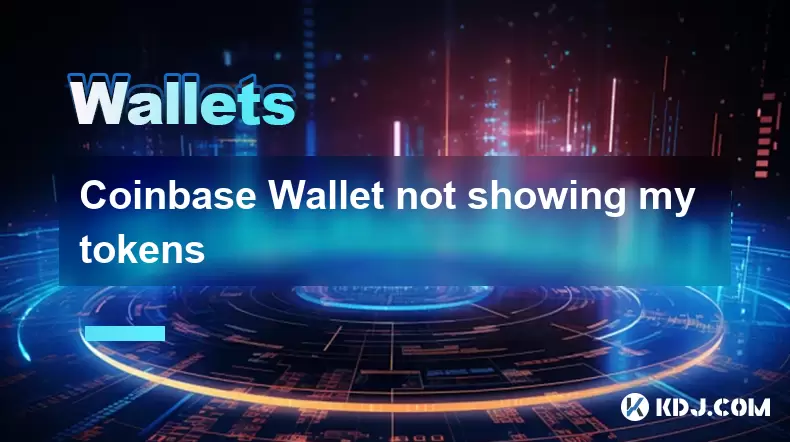
Coinbase Wallet not showing my tokens
Jul 18,2025 at 09:49am
Understanding Coinbase Wallet Token Display IssuesIf you're experiencing issues where Coinbase Wallet not showing my tokens, it can be frustrating, es...
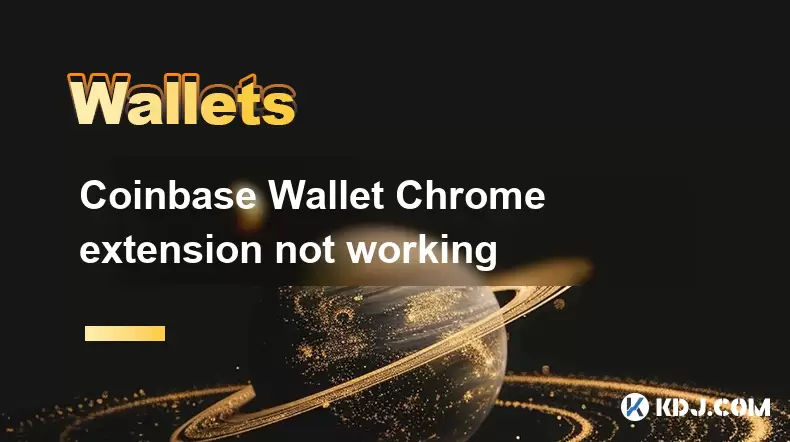
Coinbase Wallet Chrome extension not working
Jul 19,2025 at 05:14am
Understanding Coinbase Wallet Chrome ExtensionThe Coinbase Wallet Chrome extension is a browser-based cryptocurrency wallet that allows users to inter...

Does Coinbase Wallet have a desktop app?
Jul 18,2025 at 12:08am
Understanding Coinbase Wallet and Its Core FeaturesCoinbase Wallet is a non-custodial cryptocurrency wallet developed by Coinbase, one of the leading ...
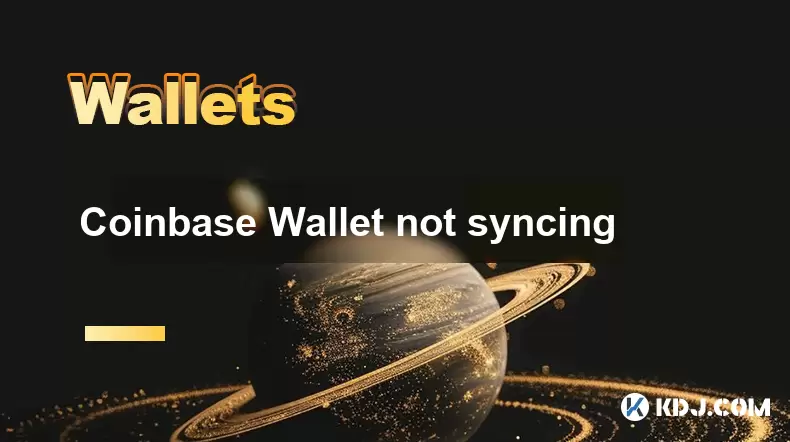
Coinbase Wallet not syncing
Jul 18,2025 at 07:49am
Understanding Coinbase Wallet Syncing IssuesWhen users encounter problems with Coinbase Wallet not syncing, it typically means that the wallet is unab...

Can I use Coinbase Wallet without a Coinbase account?
Jul 18,2025 at 04:35am
What is Coinbase Wallet?Coinbase Wallet is a self-custodial wallet that allows users to store, send, and receive various cryptocurrencies directly on ...

How to add Arbitrum to Coinbase Wallet
Jul 18,2025 at 03:00pm
Understanding Arbitrum and Its Integration with Coinbase WalletArbitrum is a layer-2 scaling solution developed by Offchain Labs to enhance the speed ...

Coinbase Wallet not showing my tokens
Jul 18,2025 at 09:49am
Understanding Coinbase Wallet Token Display IssuesIf you're experiencing issues where Coinbase Wallet not showing my tokens, it can be frustrating, es...

Coinbase Wallet Chrome extension not working
Jul 19,2025 at 05:14am
Understanding Coinbase Wallet Chrome ExtensionThe Coinbase Wallet Chrome extension is a browser-based cryptocurrency wallet that allows users to inter...

Does Coinbase Wallet have a desktop app?
Jul 18,2025 at 12:08am
Understanding Coinbase Wallet and Its Core FeaturesCoinbase Wallet is a non-custodial cryptocurrency wallet developed by Coinbase, one of the leading ...

Coinbase Wallet not syncing
Jul 18,2025 at 07:49am
Understanding Coinbase Wallet Syncing IssuesWhen users encounter problems with Coinbase Wallet not syncing, it typically means that the wallet is unab...
See all articles

























































































